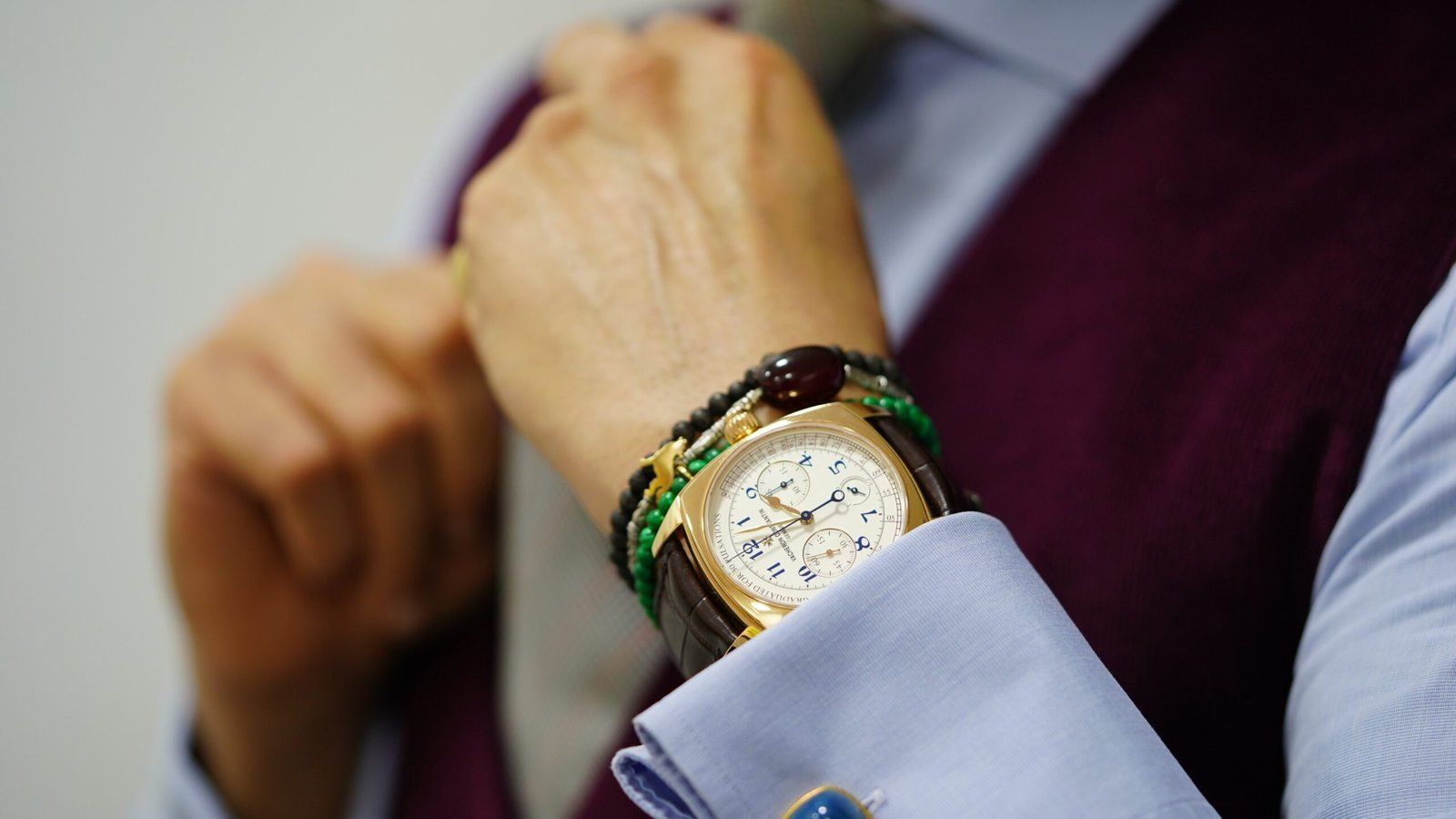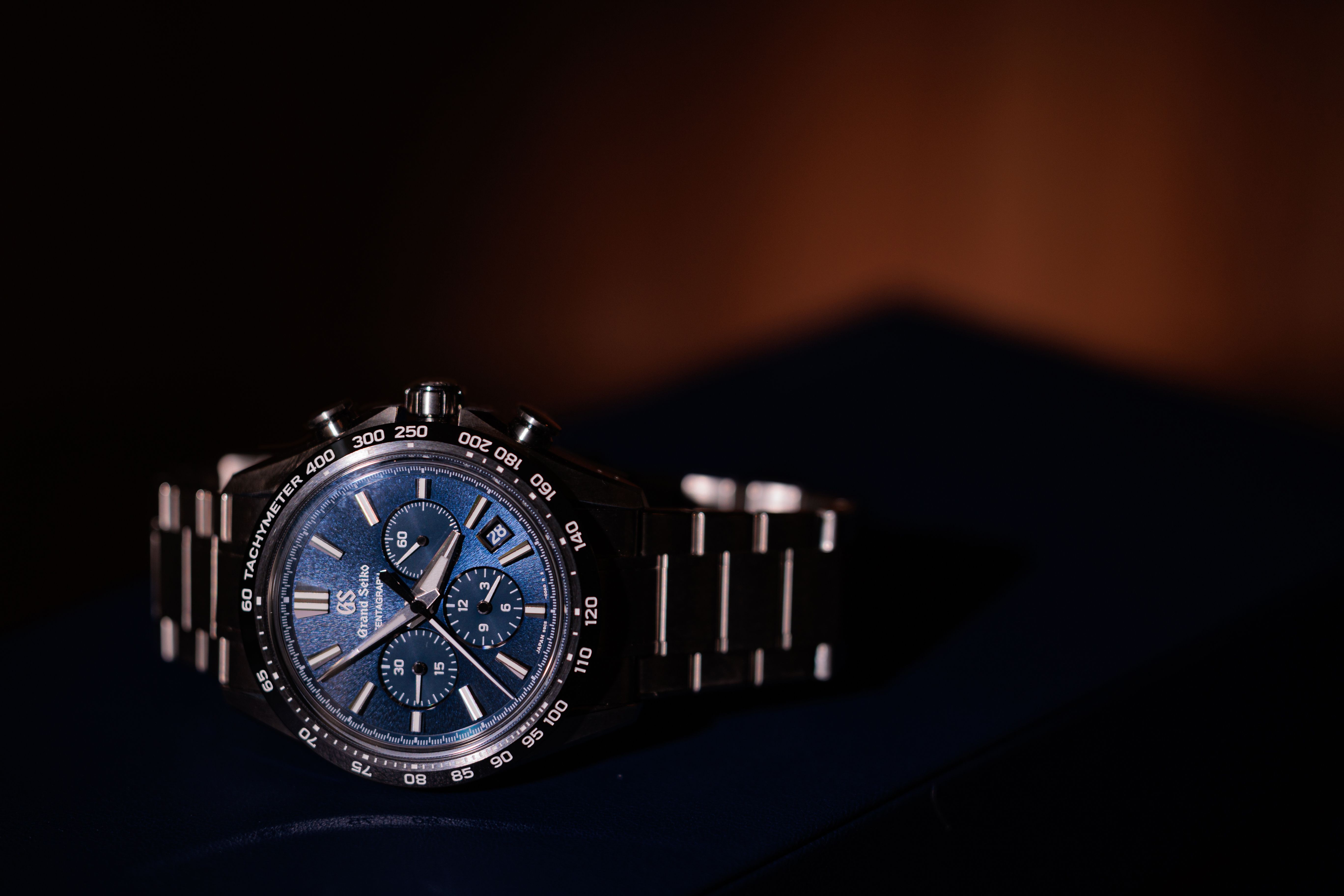Algorithms At Work: Opening A Portal To The Future Of Watch World With Artificial Intelligence
In a humble antiques store, a fervent individual stands captivated before a stunning vintage Cartier. The art deco aesthetic of the timepiece sure beckons him, yet a shadow of doubt lingers - is this treasure truly authentic? With a quick flicker of uncertainty, he reaches for the modern oracle in his pocket, a smartphone. A few swipes and clicks on the screen let an AI-driven watch authenticator app scan the timepiece in question. A moment of anticipation, a green tick appears on the screen, affirming the watch's authenticity and originality. Moreover, he gets a real-time quote prediction and a reliable market price to pay for it. Relief floods over him as he cradles his newfound treasure, an original piece of history now securely his very own.
This simple yet profound moment underscores and sort of foretells the transformative power of AI in the watch industry, offering collectors and enthusiasts alike a newfound sense of confidence and ease in navigating the world of horological treasures.
AI: The Next Phase of Evolution
Artificial Intelligence is the current century culmination of all the imaginative sci-fi shimmers that the 80s movies hinted about. I mean, when machines learn by themselves and are apt enough to adapt and even create, a somewhat unimaginable and slightly eerie replication of human cognition marks a genesis. AI is the tomorrow-now for innovation, the silent orchestrator of efficiency and the whispered promise of a future where the impossible is merely a challenge awaiting its solution. In its limitless horizons, AI invites us to embrace a world where intelligence transcends its biological origins, guiding us towards a tomorrow where the extraordinary becomes the everyday.
AI and the Watch Industry: Modern-Tech Facelift for a Time-Honored Tradition
While the recent volatility in NFTs and cryptocurrency markets has made some industry players cautious about unproven technologies, AI is gradually experiencing an elevated indulgence in the watch industry. More than just commodities, the industry relies on offering high-end luxury experiences and the technology poses to elevate the same.
Well, do we have a possible stand-off at hand! On one end is an industry hinging heavily on tradition and on the other, a rapid technological advancement leverage. Does the duel root out one or is scored as a unanimous draw?
Let’s establish the probabilities of the contest.
What And How Much Can AI Influence?
While the true prospects still remain blurred, Artificial Intelligence does stand poised to revolutionize and streamline the watch industry, impacting various aspects from manufacturing to customer acquisition, experience and satisfaction.
In this endeavor, my aim is to explore the aspirations, apprehensions and predispositions regarding AI. By doing so, I aspire to reach a stage where we can articulate attainable objectives for its future applications.
Here are some key areas where AI might influence the watch industry.
Numbers, numbers and more numbers…
Numbers serve as the foundational language of every industry, a universal code that unlocks understanding and drives decision-making. For the $75 billion luxury watches market, numbers are the compass guiding strategic direction and measuring success. They reveal trends, identify opportunities and highlight challenges, offering a roadmap for growth and innovation.
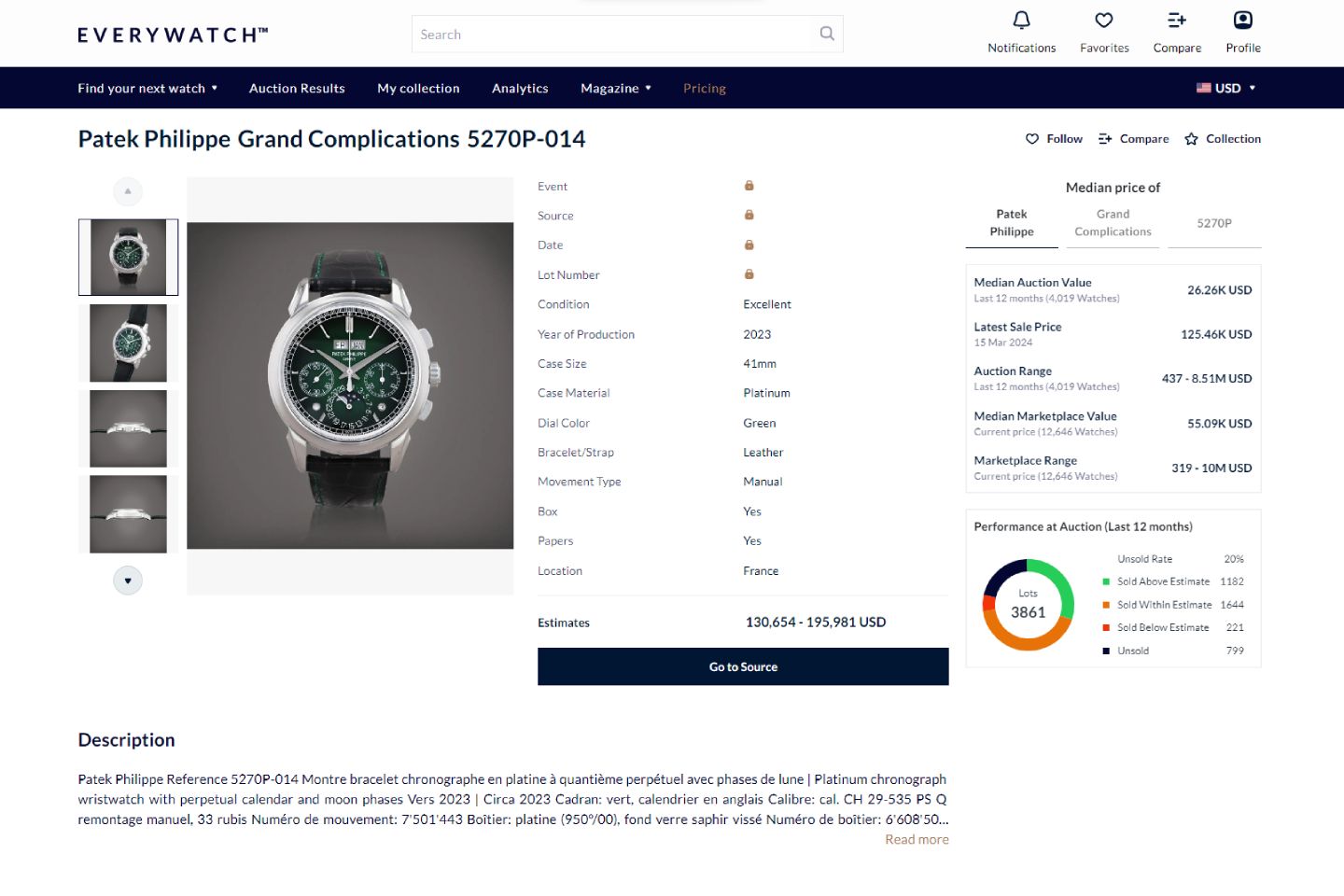
The New Standard in Authentication
For an industry whose offerings are leaning more towards being alternative investment asset entities rather than luxury adornments to flaunt, higher premiums for pre-owned with an expectation of value hikes are natural. The imminent menace of counterfeits however looms large over the pre-owned segment with fakes and frankens getting impossibly accurate. The watchmaking and jewelry sector suffers an annual revenue loss of approximately $2 billion within the EU market, representing a substantial 13.5% of total sector sales. Around 40 million counterfeit watches make into the global market annually with the majority, 53.4% emerging from China.
The real problem though - the modern-day counterfeit watches, manufactured with the exact same grade of materials, produced with genuine manufacturer sourced parts and finished to nearly exacting standards are getting harder to spot. Even the Swiss watch industry is somewhat in lack of a suitable remedy to the same. So, in this crazy space excessively infiltrated and contaminated, protecting your investments is imperative.
Enter AI-driven counterfeit detection systems!
Leveraging AI's meticulous analysis, the attention-to-detail of computer vision and the possibility to compare finer details with a pre-recorded database, the task of distinguishing between authentic and counterfeit watches has attained unprecedented precision. Such assurance is not merely a technicality but a cornerstone that further elevates luxury watches into a compelling alternative investment class. This impetus led to the partnership between WatchBox, the global leading platform for certified pre-owned watches and Origyn, a Swiss AI-based authenticator tool using ultra high resolution cameras and AI technology to issue every single timepiece a unique biometric fingerprint based on microscopic-level details.
Thanks to AI, we retain our trust in the market!
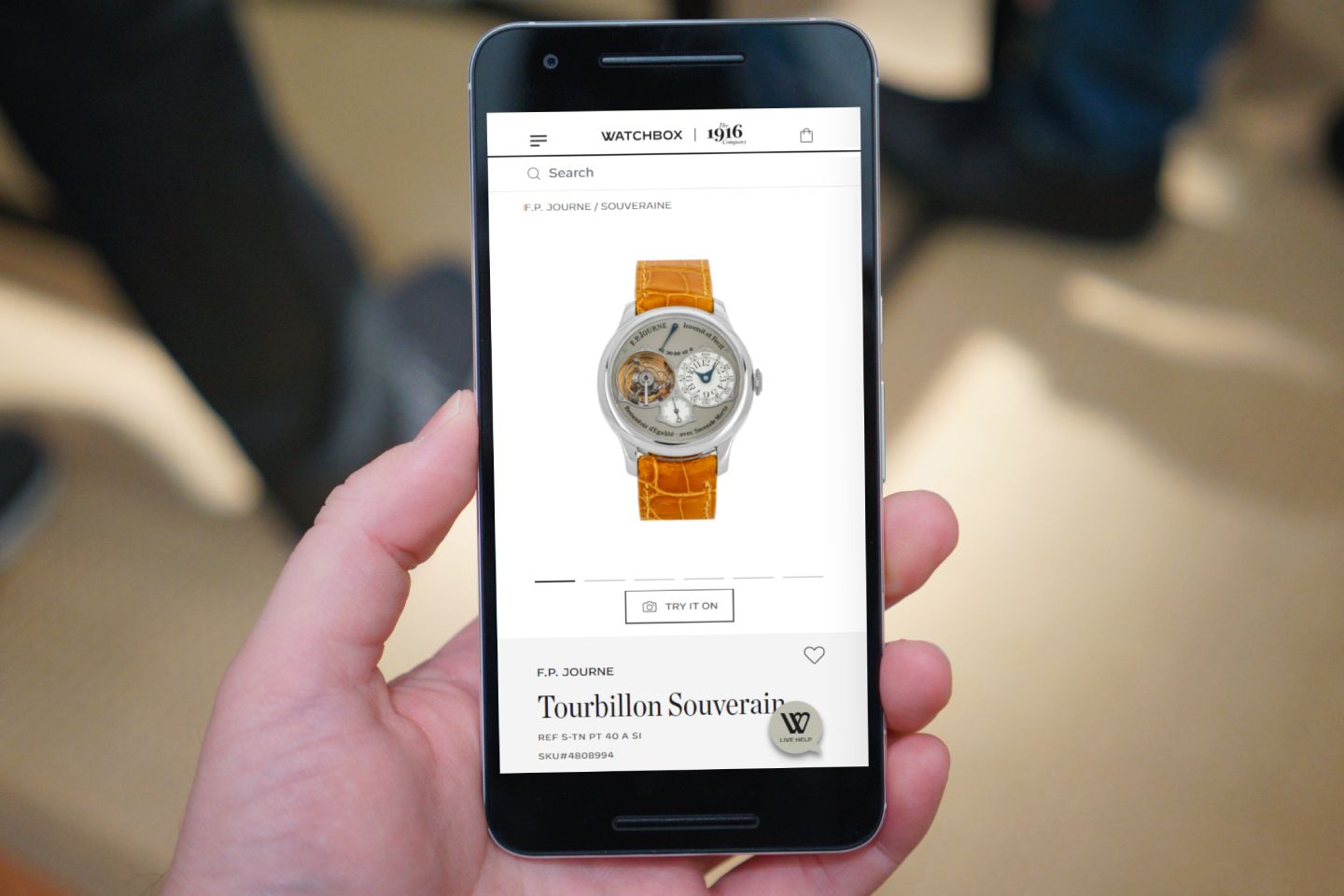
While AI might still be deemed as a non-starter in the watch industry, its influences do run on many levels. Designing a watch is much more than just drawing a circle with two rectangles top and bottom and a V in the middle. It is the creative synthesis of a form and function based methodology realized within a very limited space.
Last year we witnessed how ChatGPT can generate some mind-numbingly attractive, accurate and still somewhat relevant copy. Now the functionality can be translated into a pictorial realm with systems like Midjourney, Bing Image Creator, Stable Diffusion and DALL-E2 creating accurate graphical outputs from textual descriptive prompts.
The best use case for this text-to-image generative modeling is to inspire mood boards. Watch manufacturers and customisers can equally benefit from the prompt following abilities of such a system to get a render of an imaginative description in a matter of seconds.
Take the example of the images generated by Bing Image Creator from Microsoft Designer from the prompt ‘Photograph of a Rolex Daytona with green bezel and dial.’
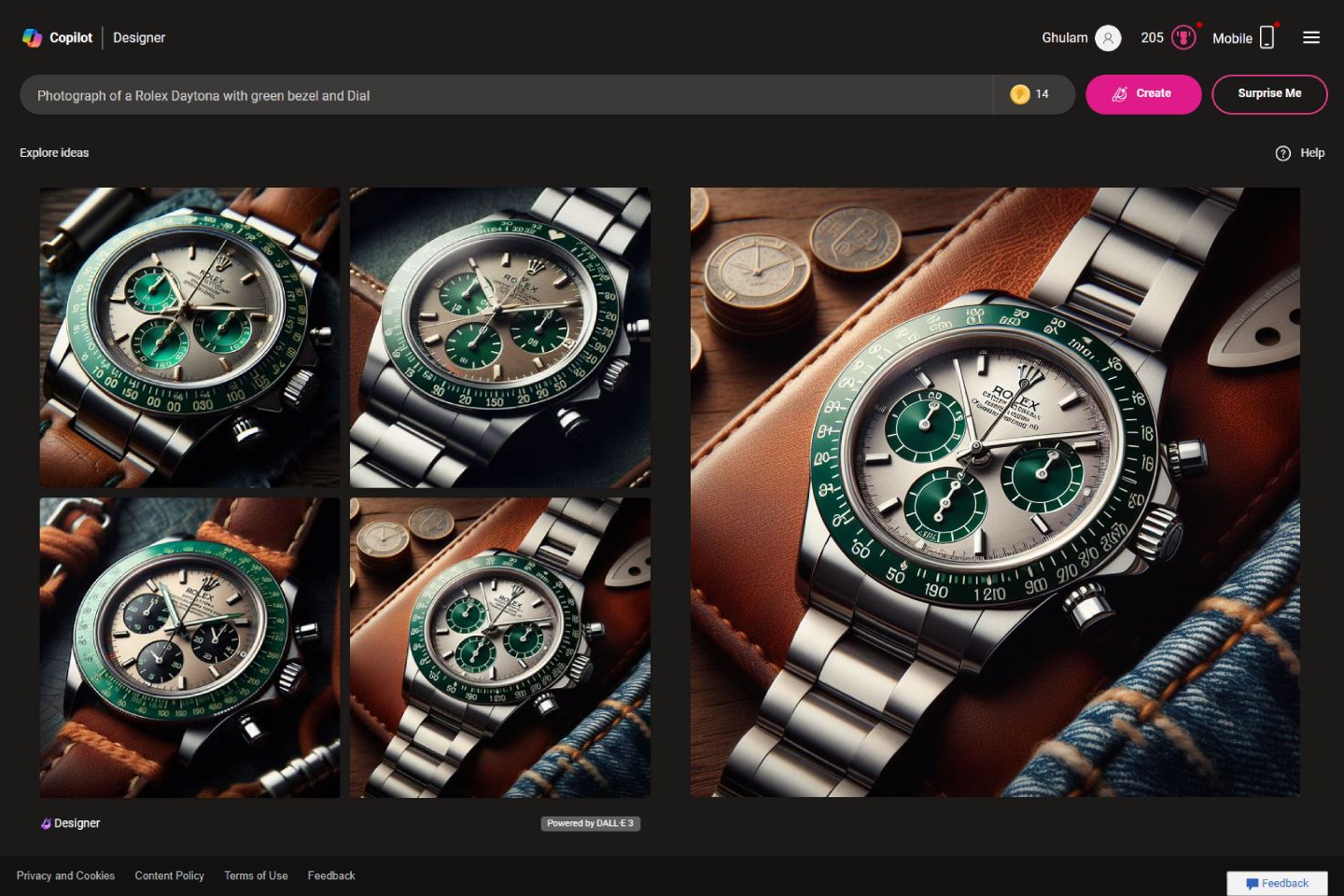

Inventing the Future, Now
One thing is for sure, what we have pointed out is only a surface-scratch on what the level of integration of AI in the watch world could be. Although watchmaking and AI are centuries apart in their inception, yet the transformative prowess of the latter has a major impact-prospect on the former which has remained steadfast in retaining its true prestige of being traditional. In nearly four centuries of its tradition, watchmaking has persisted and somewhat been unimpacted to an existential reform level by the rapidly advancing world around it. The history of watchmaking teaches a profound truth: that it embraces modernity but refuses to cease its tradition. It embodies an enduring resilience that transcends the ever-changing landscapes shaping the future world, even if that world breathes AI.




